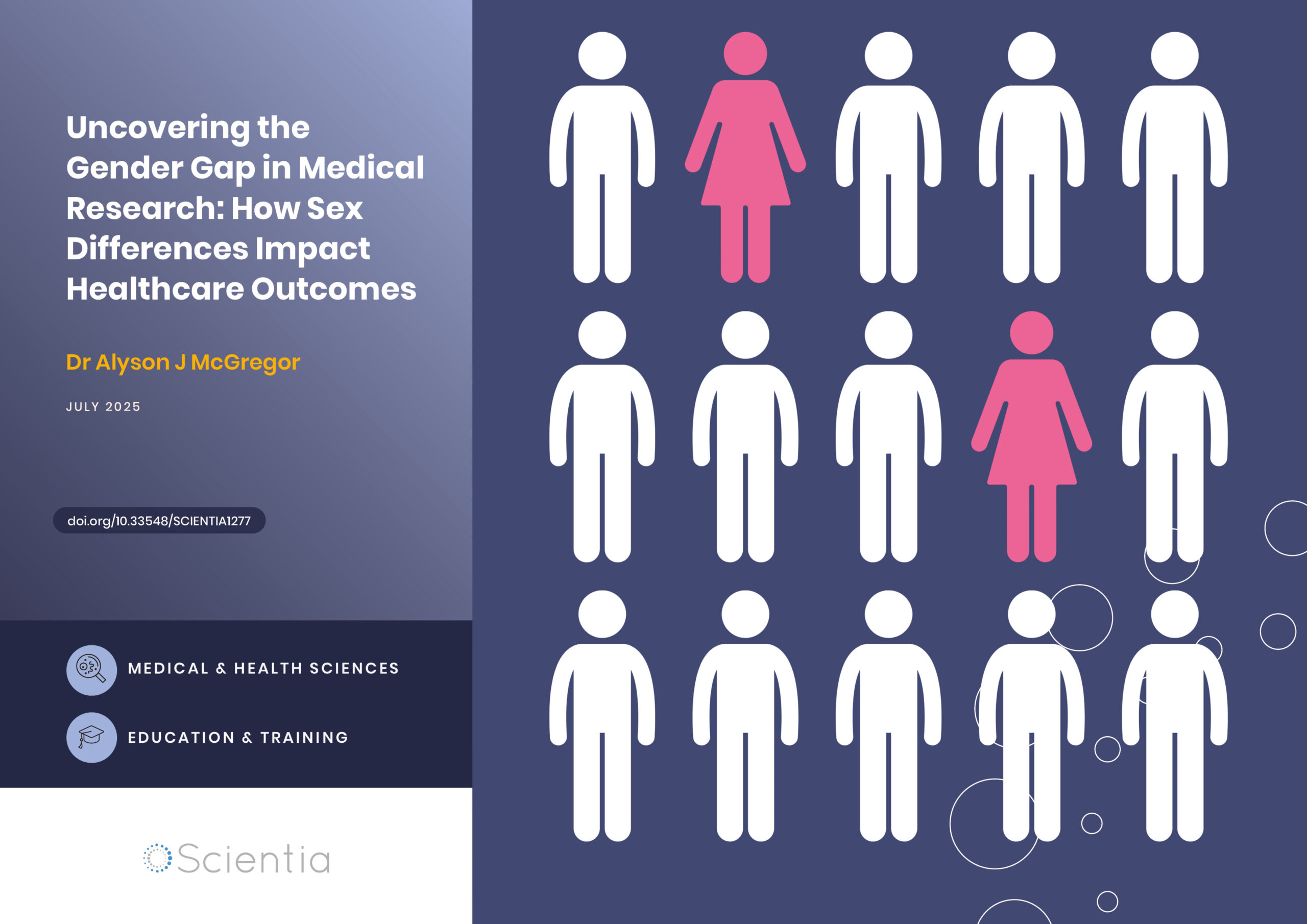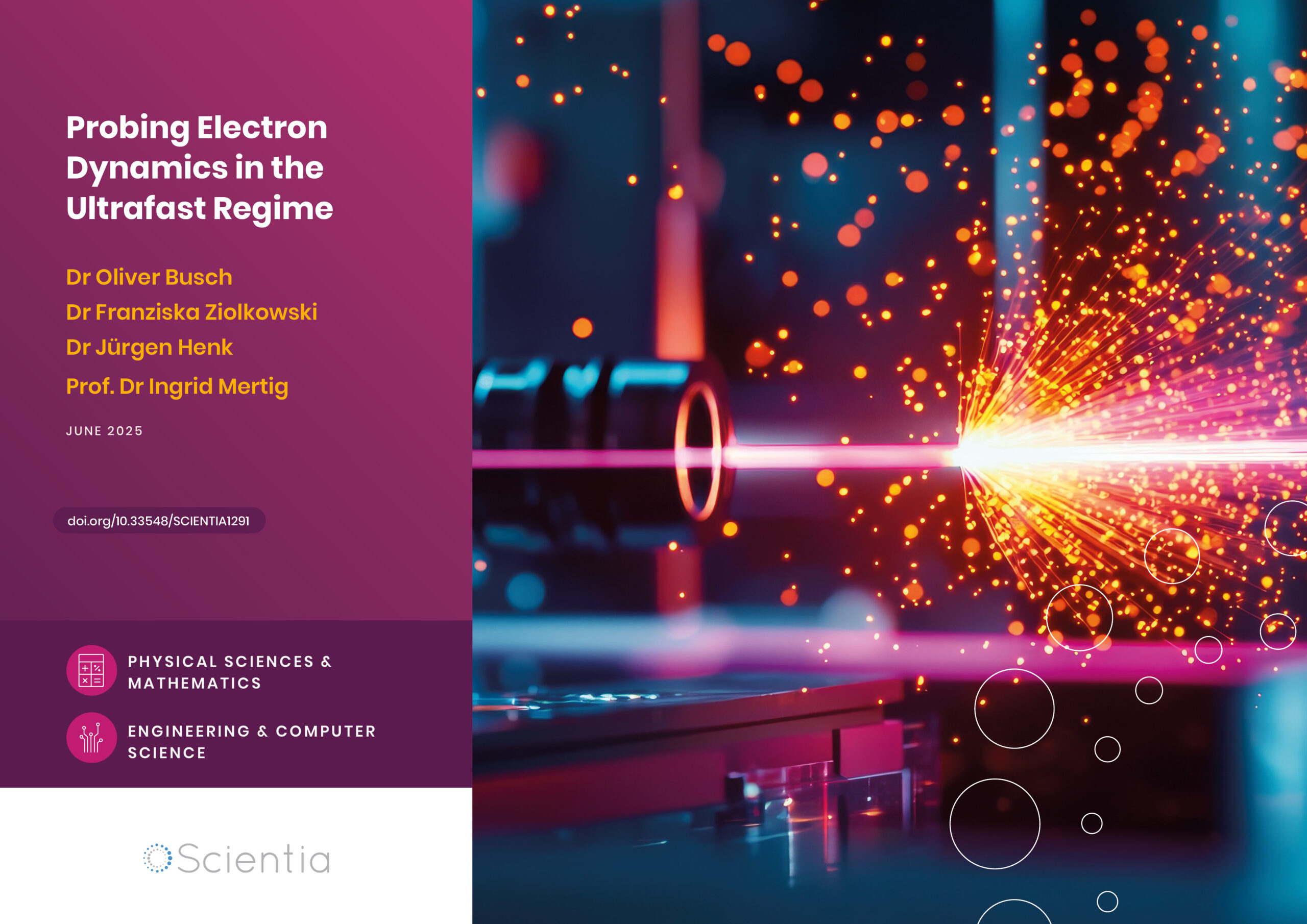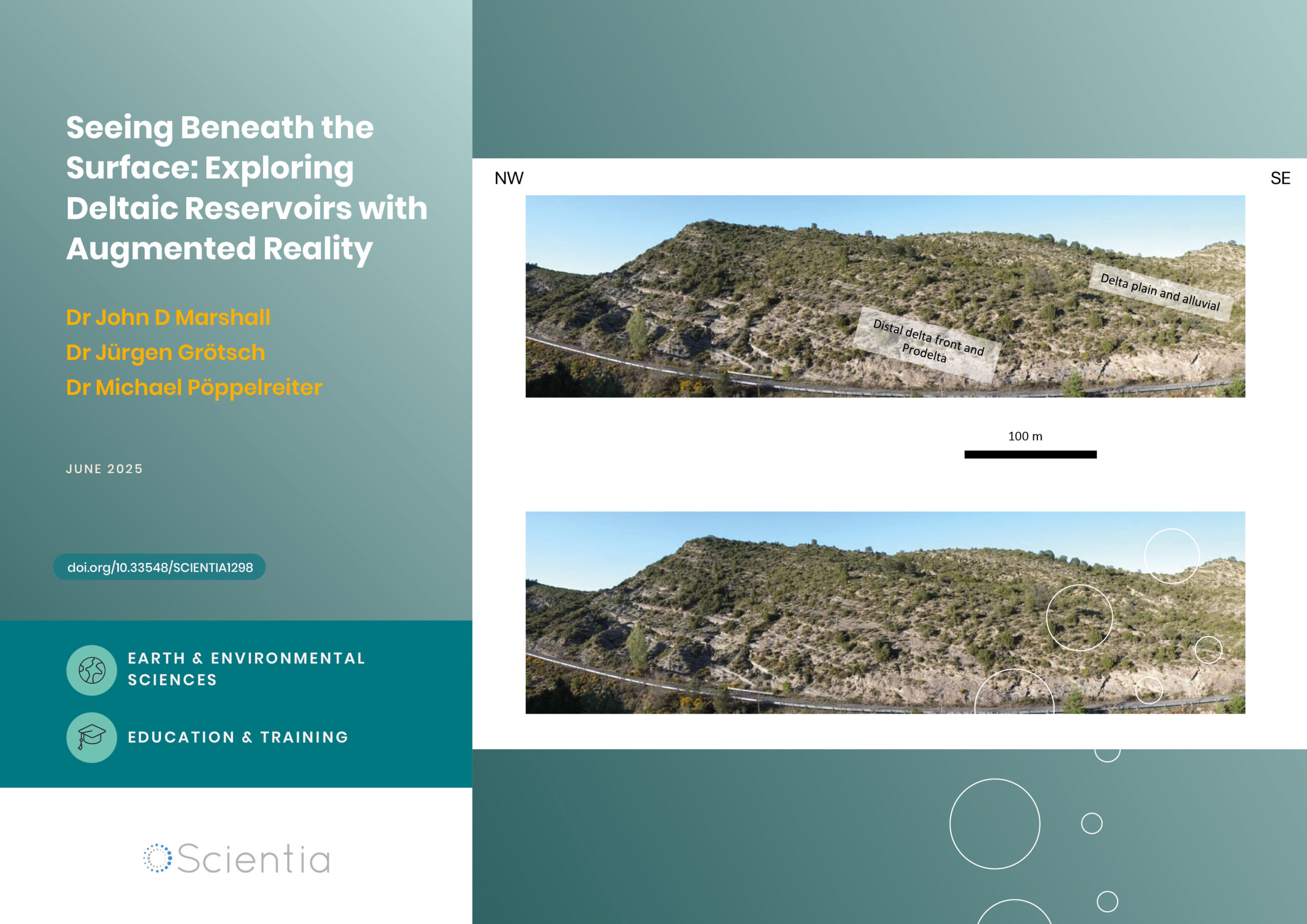Dr Bhuvaneswari Ramaswamy | Dr Sarmila Majumder – Breastfeeding to Reduce Breast cancer Risk, Especially in African-American Women
Breastfeeding is widely accepted as being the best option for babies’ health and development. Dr Bhuvaneswari Ramaswamy, working with Dr Sarmila Majumder at Ohio State University Comprehensive Cancer Centre, USA, notes that breastfeeding also has long-term benefits for mothers, particularly in reducing their future breast cancer risk. Here, we explore their work to understand the connection between breastfeeding and cancer and how to reduce the risks for a particularly vulnerable population.
African-American Women: A High-Risk Population
Dr Bhuvaneswari Ramaswamy is a breast medical oncologist and physician-scientist at the Ohio State University Comprehensive Cancer Centre, Columbus, USA. Working alongside Research Scientist Dr Sarmila Majumder, their research interests are focussed on improving the lives of women with breast cancer, and particularly those from an African-American background, who are disproportionately affected by an aggressive subtype of breast cancer and face higher mortality from breast cancer than the general population.
Epidemiological evidence from the USA has identified clear differences in the incidence, death rates and length of survival after treatment of breast cancer among different ethnic groups. Although the overall incidence of breast cancer is lower among African-American women when compared to Caucasian women, the proportion of younger African-American women affected with breast cancer is almost double that of Caucasian women. The five-year survival rate for African-American women (77%) is significantly lower than that for Caucasian women (90%), and the age-adjusted mortality rate for African-American women is the highest for any ethnic group studied.
Breast cancer in African-American women has different characteristics compared to Caucasian women. In general, the cancer has an earlier onset, a poorer clinical outcome and an aggressive tumour phenotype, a three times higher frequency of the aggressive triple-negative breast cancer (TNBC), so-called because the cancer cells lack oestrogen, progesterone and HER-2 receptors and will not respond to hormone therapy.
Drs Ramaswamy and Majumder, along with their team, are investigating the underlying biology of how lifestyle factors impact breast cancer rates and outcomes.
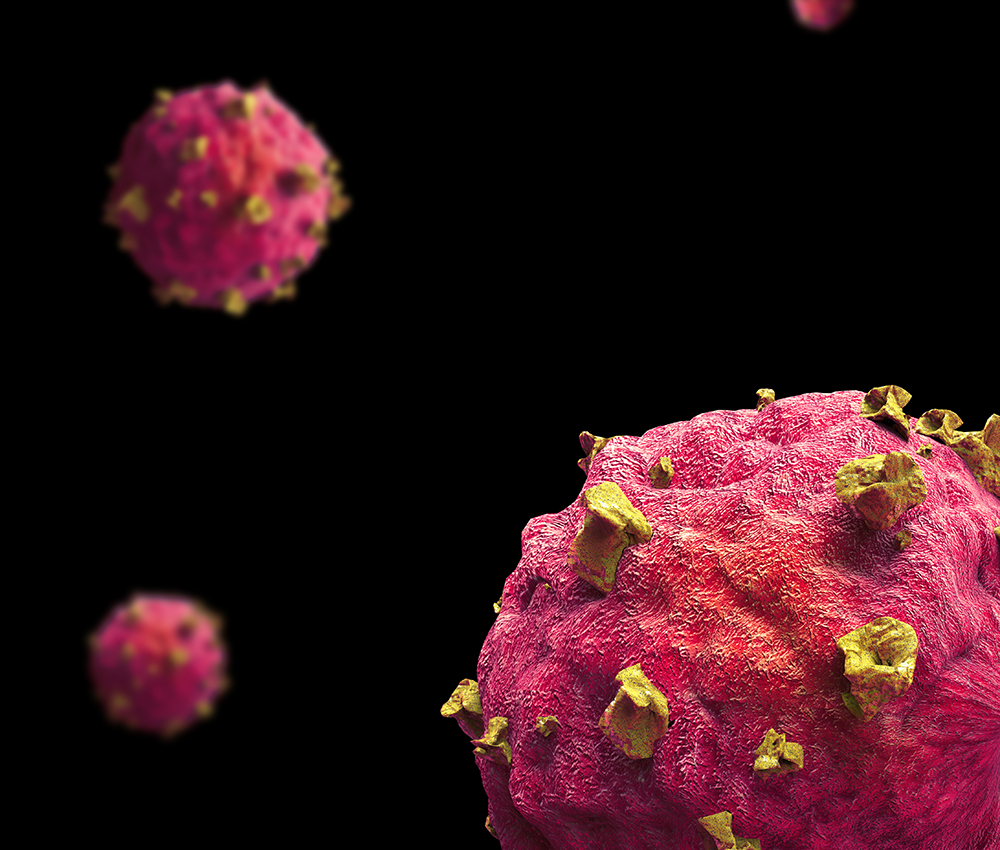
Illustration of Cancer Cells
Lifestyle Determinants of Breast Cancer
A number of lifestyle behaviours are known to increase breast cancer rates. Access to health care, obesity and breastfeeding are well-established determinants that are connected epidemiologically with ethnic differences in behaviour and characteristics.
An interesting aspect of breastfeeding is that prolonged breastfeeding reduces the risk of TNBC. This is the subtype of breast cancer that is more common in African-American women and is partly responsible for the higher mortality faced by these women. Estimates suggest that breastfeeding prevents 20,000 breast cancer deaths annually based on the current breastfeeding rates. Critically, however, African-American women have significantly lower rates of breastfeeding and a higher prevalence of obesity than the Caucasian population.
The links with obesity and breast cancer risk have been well-established through multiple meta-analyses. Women with a BMI >30kg/m2 are at significantly higher risk of developing premenopausal TNBC and basal-like breast cancer. Early research findings by the Ohio team suggest that diet-induced obesity may accelerate precancerous changes upon short-term breastfeeding and this is discussed in more detail below.
To better understand the behaviour and prior knowledge of breastfeeding mothers on this issue, Dr Ramaswamy’s team performed a national survey of 724 women regarding the information they had received about breast cancer risk reduction during antenatal breastfeeding counselling, and whether this influenced their decision to breastfeed their child. Over half of the women (56%) were aware of the links to reduced breast cancer risk, and a third were influenced by this knowledge to breastfeed and sustained breastfeeding for a longer period. It was concerning, however, that only 16% of women were given this information by a health professional, and so an opportunity to inform women that prolonged breastfeeding was also a benefit to their own health, as well as the baby, was missed.
Confirming earlier findings, more Caucasian women in the survey reported breastfeeding a child for more than 6 months compared to African-American women. Research by the US Centers for Disease Control and Prevention has suggested that there is a lack of social and cultural acceptance of breastfeeding for black women in their communities and workplaces and inadequate support from healthcare professionals. Such findings make it essential that public health interventions to influence modifiable risk factors, such as breastfeeding, are used to change social and individual barriers.
How Does Prolonged Breastfeeding Reduce Cancer Risk?
Dr Ramaswamy is determined to understand the underlying mechanisms by which lifestyle factors, such as lack or short duration of breastfeeding and obesity in African-American women, can increase the risk of breast cancer, and how that risk could be reduced. She has set out the long-term objective of the research team ‘to reduce the risk of developing aggressive TNBC, especially for African-American women, by discovering how prolonged breastfeeding protects the breast from this risk, to ultimately address the disparity of breast cancer outcomes among these patients.’
Dr Sarmila Majumder, a molecular biologist and biochemist, is one of the co-investigators and has a specific research interest in the factors regulating breast cancer tumour initiation and progression, metastasis and drug resistance. It is already known that even women who carry a BRCA1 gene mutation can reduce their risk of developing TNBC if they breastfeed for longer than a year, but why this occurs is unknown and is being explored by this team.
The duration of breastfeeding is clearly a key factor. It is part of the pregnancy-lactation-involution cycle, with involution being the return of the breast tissue to its pre-pregnancy state following its adaption to lactation. Studies of lactation in hunter-gatherer societies suggest that the normal duration of lactation in women is three to four years, and weaning to solid foods is prolonged and gradual (that is, child-led). Changes to the mammary glands are gradual, and the epithelial (surface cell) structures atrophy slowly.
Breast tissue responds differently when breastfeeding involution is abrupt, as opposed to more gradual. Following early studies using mice, the team noticed distinct histological and molecular changes in the mammary glands following abrupt involution. In discussing their initial findings, the team noted: ‘We have shown dramatic shifts in the cellular composition of the mammary epithelial cell compartment and global changes in inflammatory markers and, importantly, we have observed precancerous hyperplastic lesions within 120 days postpartum in the [abrupt involution] glands.’
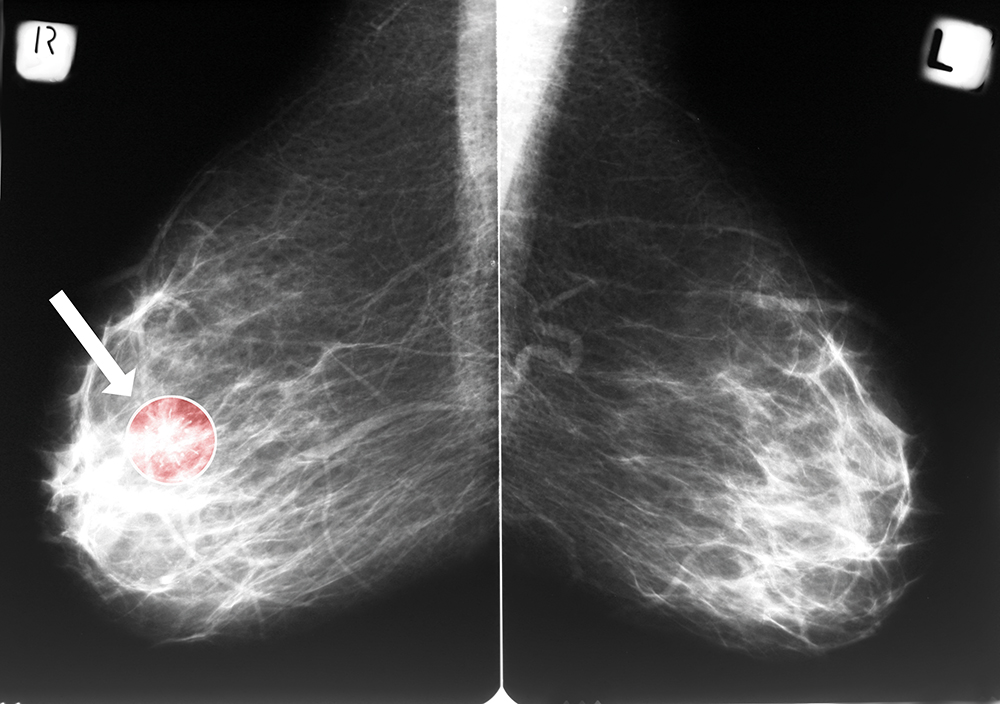
Mammogram of Breast Cancer
The Response to Abrupt Breastfeeding Involution
Following abrupt involution (after short-term breastfeeding), mammary glands were shown to display significant changes. Luminal progenitor (LP) epithelial cells were seen to increase significantly, coinciding with an increase in cell proliferation, deposition of collagen, the enrichment of oestrogen signalling pathway genes, elf5 gene expression, and a more intensive inflammatory response in the glands that showed signs of precancerous hyperplastic lesions.
Taken together, these changes appear highly significant. The expansion of the LP population and raised levels of elf5 mRNA and proteins are a key finding. All are believed to be closely linked to BRCA1 associated basal-like breast cancer and TNBC. These cells appear to enrich cellular pathways that sustain cancer stem-cell survival.
Increased stromal collagen is one of the strongest independent risk factors for developing breast cancer and is associated with regions of high breast density. Collagen is a mediator of inflammation, the proliferation of breast epithelial cells and signalling factors known to stimulate the growth of specific cancer progenitor cells, creating a pro-tumorigenic environment.
Following these findings, the research team hypothesise that abrupt involution changes the mammary epithelial cells, and the subsequent prolonged expression of oestrogen receptors and Elf5 in an inflamed cellular environment mediates an increased cancer risk. To further explore these mechanisms and to find new treatment approaches for the prevention of breast cancer, Dr Ramaswamy, Dr Sarmila Majumder and the wider team are pursuing several research strands.
Further Investigation
Gradual involution and weaning clearly provide a protective effect on developing breast cancer. The team are now investigating whether blocking the raised oestrogen signalling, observed in abrupt involution, will block the hyperplastic changes.
The role of Elf5 is also being further elucidated. It is now known that Elf5 is highly expressed in luminal progenitor cells, which are the cell of origin for TNBC, and a higher population of luminal progenitor cells is linked to more aggressive basal cancers. The team are investigating whether the absence of Elf5 impacts on the functions of luminal progenitor cells and the wider precancerous changes induced by abrupt involution. Although it is too early to draw conclusions from the findings so far, the general scientific consensus suggests Elf5 could have a role in the aberrant expansion of the cell type which is the potential cell of origin for the aggressive TNBC subtype.
Finally, the team has begun to validate the histological and molecular changes that they have observed in mice models, using human mammary tissue from women whose breastfeeding ended either abruptly or gradually.

A Clinical and Public Health Collaboration
The in-depth and wide-reaching work led by Dr Bhuvaneswari Ramaswamy and Dr Sarmila Majumder provides a fantastic and novel example of an integrated research model that directly links epidemiological public health research with lab-based research, and aims to find specific causes and treatment solutions that can be translated to humans. Demonstrating clinically that modifiable behaviour, such as prolonged breastfeeding and obesity, can reduce the risk of developing breast cancer, especially for the highly vulnerable African-American population, may provide the incentive for health professionals to more actively encourage and support breastfeeding as a protective measure with a more targeted and focussed approach.
Reference
https://doi.org/10.33548/SCIENTIA560
Meet the researchers

Dr Bhuvaneswari Ramaswamy
Ohio State University
Columbus, OH
USA
Dr Bhuvaneswari Ramaswamy is the Professor of Internal medicine at Ohio State University. She was educated in India and England and worked as a registrar in the UK between 1990–1995. She completed her postdoctoral oncology fellowship at Ohio State University, USA, before becoming Assistant Professor of Internal Medicine at Ohio State University in 2006. Dr Ramaswamy is an NIH-funded investigator and extremely active in clinical and translational research on breast cancer and the Principal Investigator for several cooperative groups and investigator-initiated studies investigating the biology of breast tumours.
CONTACT
E: Bhuvaneswari.Ramaswamy@osumc.edu
W: https://cancer.osu.edu/for-cancer-researchers/research/research-labs/ramaswamy-lab
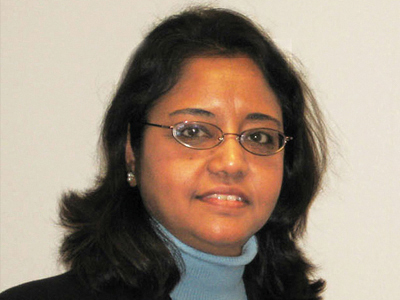
Dr Sarmila Majumder
The Comprehensive Cancer Center
College of Medicine
Ohio State University
Columbus, OH
USA
Dr Sarmila Majumder is a Research Scientist in the Department of Internal Medicine at Ohio State University-Comprehensive Cancer Center. After obtaining her Doctorate at Calcutta University, India in 1990, she joined Ohio State University in 1997. Dr Majumder has a broad background in molecular biology and biochemistry, with specific training in studying gene expression regulation in cancer.
CONTACT
E: Sarmila.majumder@osumc.edu
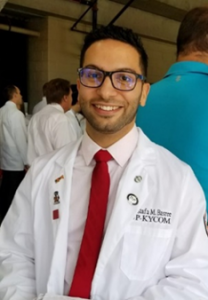
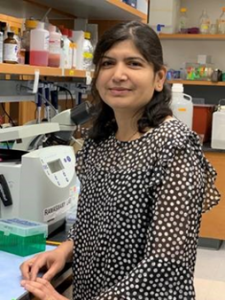
Mustafa Basree MS (graduate student currently in medical school at the University of Pikeville) and Neelam Shinde MS (senior research assistant). Credit Bhuvaneswari Ramaswamy.
FURTHER READING
MM Basree, N Shinde, C Koivisto, et al, Abrupt involution induces inflammation, estrogenic signaling, and hyperplasia linking lack of breastfeeding with increased risk of breast cancer, Breast Cancer Research, 2019, 21, 80.
A Ganju, A Suresh, J Stephens, Learning, Life, and Lactation: Knowledge of Breastfeeding’s Impact on Breast Cancer Risk Reduction and Its Influence on Breastfeeding Practices, Breastfeeding Medicine, 2018, 13(10), doi:10.1089/bfm.2018.0170.

Want to republish our articles?
We encourage all formats of sharing and republishing of our articles. Whether you want to host on your website, publication or blog, we welcome this. Find out more
Creative Commons Licence
(CC BY 4.0)
This work is licensed under a Creative Commons Attribution 4.0 International License. 
What does this mean?
Share: You can copy and redistribute the material in any medium or format
Adapt: You can change, and build upon the material for any purpose, even commercially.
Credit: You must give appropriate credit, provide a link to the license, and indicate if changes were made.
More articles you may like
Dr Alyson J McGregor | Uncovering the Gender Gap in Medical Research: How Sex Differences Impact Healthcare Outcomes
Medical research has historically focused predominantly on male subjects, leading to dangerous gaps in our understanding of how diseases and treatments affect women. Dr Alyson McGregor from University of South Carolina School of Medicine Greenville has devoted her career to addressing this critical issue, highlighting how biological sex differences impact health outcomes. Her work demonstrates that ignoring these differences can have life-threatening consequences and advocates for more inclusive research practices to ensure safe and effective healthcare for everyone.
How Food Environments Shape Our Eating Habits
How we eat dramatically impacts our health, yet millions of Americans live in ‘food deserts’ – areas with limited access to fresh, nutritious food. Recent research reveals that solving this crisis requires looking beyond just physical access to food to understand how our entire community environment shapes our dietary choices. Through a series of pioneering studies, Dr Terrence Thomas and colleagues at North Carolina A&T State University have been investigating how different aspects of our food environment influence what we put on our plates. Their findings suggest that creating lasting change requires reimagining how communities engage with food at every level.
Probing Electron Dynamics in the Ultrafast Regime
In the atoms that make up the matter around us, negatively charged particles called electrons have properties such as spin and orbital angular momentum. Researchers at Martin Luther University Halle-Wittenberg have developed a theoretical framework which allows them to simulate the dynamics of the spin and orbital angular momentum of electrons in materials when probed with an ultrafast laser pulse. Using this framework, they are able to simulate different materials and improve our understanding of dynamics on an atomic scale.
Seeing Beneath the Surface: Exploring Deltaic Reservoirs with Augmented Reality
In the Aínsa Basin of the Spanish Pyrenees, the Mondot-1 well was drilled, cored, and fully logged to capture a detailed record of a long-buried ancient river delta system. Dr. John D. Marshall, Dr. Jürgen Grötsch, and Dr. Michael C. Pöppelreiter with co-workers at Shell International used this core to trace how sediments once flowed across the landscape, and were deposited under shifting tectonic conditions. The team employed augmented reality and interactive virtual displays; these innovative tools offer new ways to explore subsurface depositional systems, and are particularly useful in locations where physical access to the core is difficult, or no longer possible.

